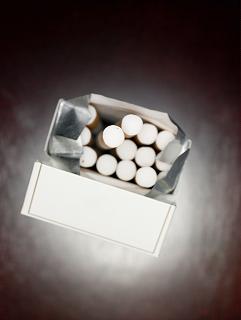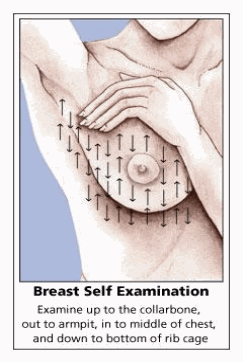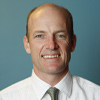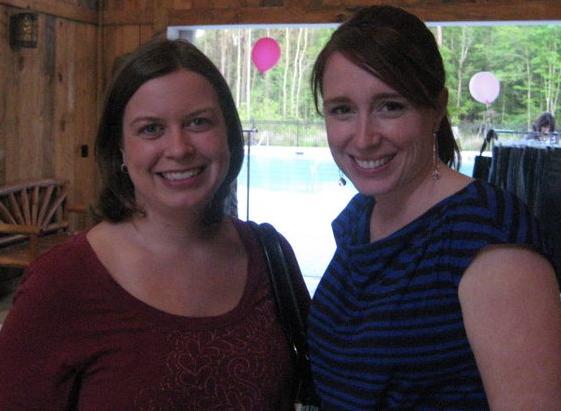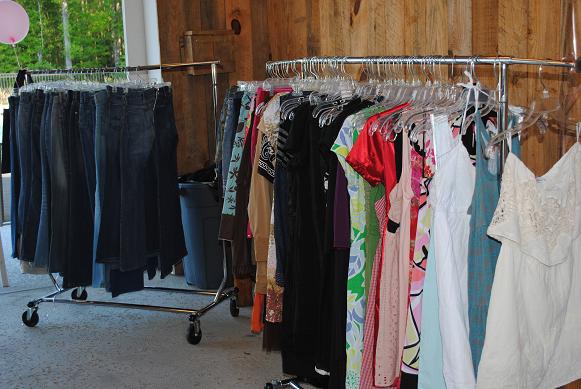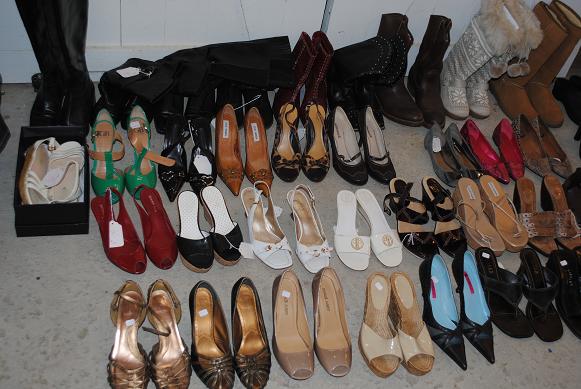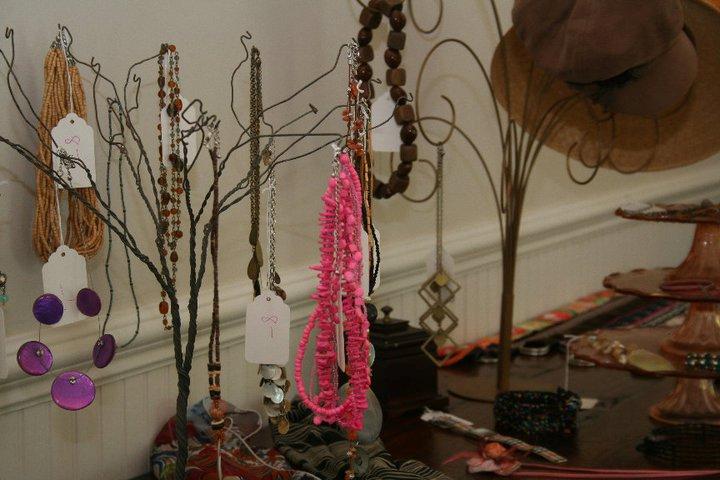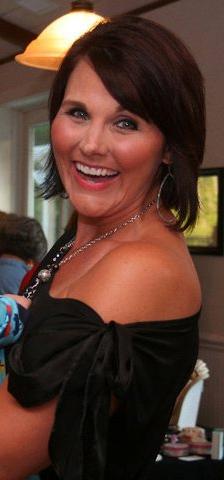 A recent New York Times article discussed an amazing breakthrough in breast cancer treatment: curing lymphedema by transferring lymph nodes from other parts of the body.
A recent New York Times article discussed an amazing breakthrough in breast cancer treatment: curing lymphedema by transferring lymph nodes from other parts of the body.
Lymphedema is obstruction or swelling of the lymph nodes and is commonly caused by mastectomy with surrounding lymph node removal. As lymphatic drainage of the arm flows through the axillary (armpit) area, removal of lymph nodes there causes arm soreness and swelling because lymphatic fluid cannot move or drain normally.
The procedure, autologous vascularized lymph node transfer, replaces the missing lymph nodes with a small number of nodes from another area of the patient’s body, such as the groin. Surgeons must be careful not to harvest too many nodes from any one part of the body, or they risk causing lymphedema in that area.
The riskiest part of the surgery is removing scar tissue to make room for the new nodes and to improve lymphatic drainage. Critics say removing this tissue may affect the blood vessels and nerves in the arm. However, women with lymphedema often report that dealing with soreness and swelling is worse than coping with the cancer. Proponents of the surgery note that doctors often overlook the physical and emotional effects of lymphedema.
As the controversial surgery is still considered experimental, it is typically reserved for patients who do not respond to other treatments. The procedure’s classification as experimental means it is rarely performed in the United States, and insurance is not likely to cover its high cost. While proponents say it cures some patients and improves the lives of others, opponents counter that its results are inconsistent—it works for some and not for others.
A French physician, Dr. Corrine Becker, is the pioneer of the procedure, and claims a high success rate in Europe and other areas of the world. The surgery gives hope to patients with congenital lymphedema as well as cancer. A double-blinded randomized clinical trial of lymph node transfer will begin in the near future to collect more data on its effectiveness.
Doctors from The Center for Natural Breast Reconstruction observed Dr. Becker during two trips she has made to the United States, and they participated in the meeting and live surgery symposium discussed in the article.
Click here to view the New York Times article.
